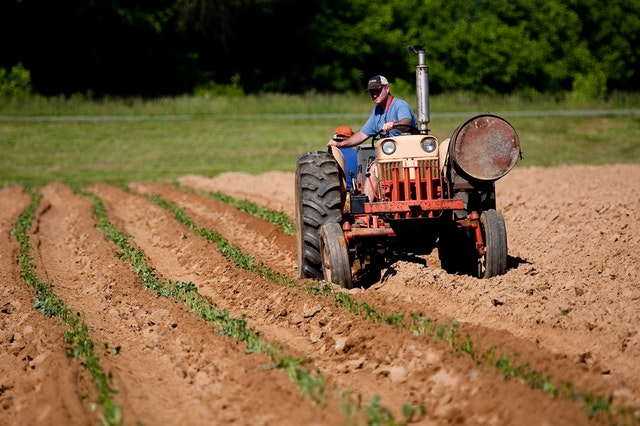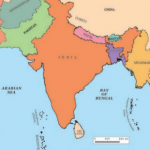Soil is formed by the breaking down of rocks by the action of wind, water, and climate, a process called weathering.
Soil Profile
A vertical section through different layers (called horizons) of the soil is called its profile.
Each layer differs in feel (texture), color, depth, and chemical composition.
- Topsoil/ A-Horizon
- The uppermost horizon.
- Generally dark in color as it is rich in humus (rotting dead matter) and minerals.
- Humus makes it fertile and provides nutrients to growing plants.
- Generally soft, porous and can retain more water.
- Provides shelter for many small living organisms.
- The roots of small plants are embedded entirely in topsoil.
Also Read: Class 6 Chapter4- In the earliest cities (Hindi): सबसे पुराने शहरों में
2. Middle Layer/ B-Horizon
- Generally harder and more compact.
- Has a lesser amount of humus but more of minerals.
3. C-Horizon
- Made up of small lumps of rocks with cracks and crevices.
- Below is the bedrock, which is hard and difficult to dig.

Soil Types
It is classified on the basis of the proportion of particles of various sizes.
- Sandy soil
- When it contains a greater proportion of big particles.
- Sand is well-aerated as sand particles are quite large. The spaces between them are filled with air.
- Water can drain quickly through the spaces between the sand particles. So, sandy soils tend to be light, well aerated and rather dry.
2. Clayey Soil
- The proportion of fine particles is relatively higher.
- Clayey soil particles have lesser spaces between them so they have less air.
- They are heavy as they hold more water than the sandy soils.
- Clayey soil is used to make pots, toys, and statues.
3. Loamy Soil
- The amount of large and fine particles is about the same.
- Best topsoil for growing plants.
- It is a mixture of sand, clay and another type of soil particle known as silt.
- Silt occurs as a deposit in riverbeds.
- The size of the silt particles is between those of sand and clay.
- The loamy soil also has humus in it. It has the right water holding capacity for the growth of plants.
Properties of Soil
- Percolation rate of water is different in different types of soil.
- It is highest in the sandy and least in the clayey.
Soil and crops
- Clayey and loamy soils are both suitable for growing cereals like wheat, and gram. Such soils are good at retaining water.
- For paddy, soils rich in clay and organic matter and having a good capacity to retain water are ideal.
- For lentils (masoor) and other pulses, loam, which drain water easily, are required.
- For cotton, sandy-loam or loam, which drain water easily and can hold plenty of air, are more suitable.
- Crops such as wheat are grown in the fine clayey because they are rich in humus and are very fertile.
Also Read: NGOs (Non-Governmental Organizations) in India
Soil Erosion
- The removal of land surface by water, wind or ice is known as erosion.
- Plant roots firmly bind the soil. In the absence of plants, it becomes loose. So it can be moved by wind and flowing water.
- Erosion is more severe in areas of little or no surface vegetation, such as desert or bare lands.
- So, cutting of trees and deforestation should be prevented and effort should be made to increase the green areas.
Source: NCERT Image : pexels











